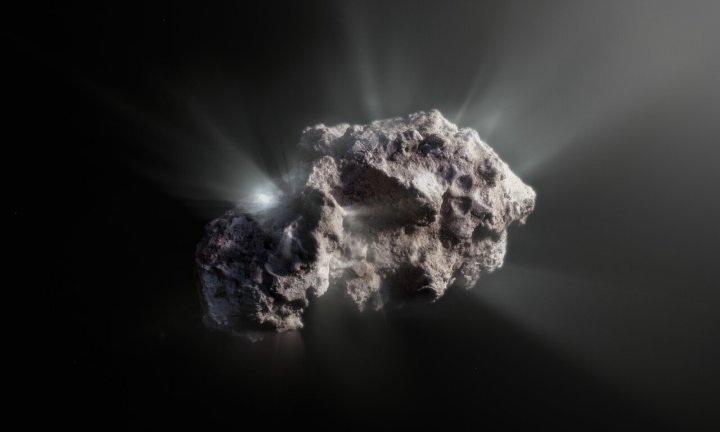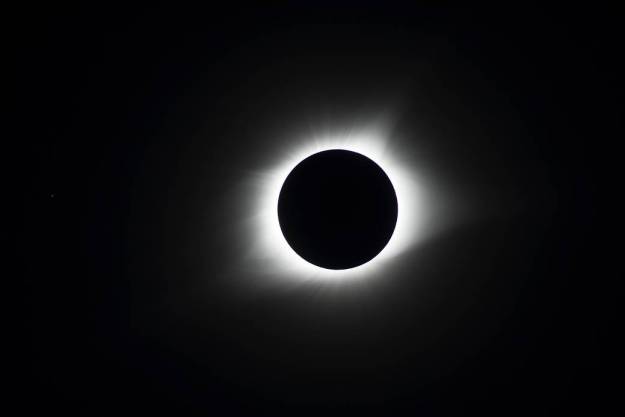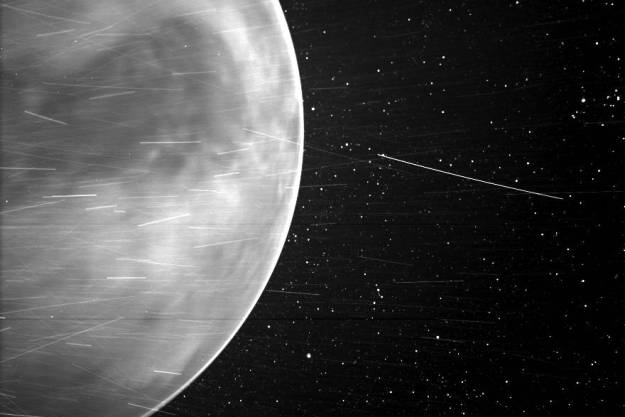
Astronomers spotted an intriguing interstellar object in our skies in 2019: Comet 2I/Borisov, the second visitor from beyond our solar system after ‘Oumuamua. Now, new observations of comet 2I/Borisov show that it has likely never passed near to a star before. That makes it the most pristine comet ever discovered, and studying it could give clues to the makeup of the early solar system.
The comet was studied using a technique called polarimetry, which measures the polarization of light to determine the composition of a body. This is typically used to study comets that originate from within our solar system, but the same technique could be used to study this comet from further out. Then researchers could compare results from comets created within our solar system and this one that originated elsewhere.
“The arrival of 2I/Borisov from interstellar space represented the first opportunity to study the composition of a comet from another planetary system and check if the material that comes from this comet is somehow different from our native variety,” explained Ludmilla Kolokolova, of the University of Maryland in the US, who was involved in the research, in a statement.
2I/Borisov turns out to be different from previously studied comets in our solar system, with one exception: It is similar to the comet Hale-Bopp, which was famously for being widely visible to the naked eye in the late 90s. Hale-Bopp was thought to have only passed close to our sun on one occasion, so it was similarly pristine to 2I/Borisov. That means that both comets can be studied to understand the cloud of dust and gas which formed the solar system 4.5 billion years ago.
“The fact that the two comets are remarkably similar suggests that the environment in which 2I/Borisov originated is not so different in composition from the environment in the early solar system,” said Alberto Cellino, a co-author of the study, from the Astrophysical Observatory of Torino, National Institute for Astrophysics (INAF), Italy.
Studying comets is extremely useful for understanding the early solar system as they act as time capsules, carrying chemical information about these early environments. But as comets pass by stars, they are exposed to solar winds and radiation which affects their composition. That’s why finding a pristine comet like 2I/Borisov which has never passed by a star is so exciting, because scientists can see an undisturbed look at its condition.
A future project from the European Space Agency (ESA) will enable even more detailed examination of comets in the future. The Comet Interceptor is set to launch in 2029.
Editors' Recommendations
- The ‘Devil Comet’ will be visible during the solar eclipse in April
- Hubble reveals glow of ‘ghostly’ light around our solar system
- Space Launch System rocket back at the launchpad ready for Artemis I launch
- NASA scrubs the launch of its Space Launch System rocket due to fuel leak
- NASA says it’s looking good for lunar launch weeks from now




